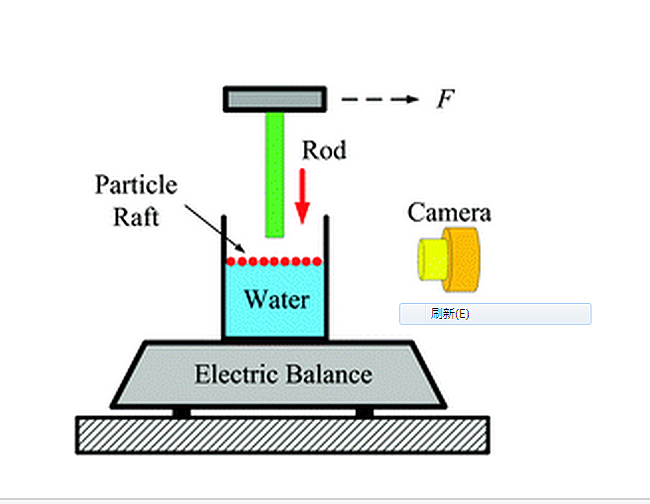Recently, Soft Matter made a cover report of the new finding on particle raft. The paper The load-bearing ability of a particle raft under the transverse compression of a slender rod was written by Zuo Pingcheng, a postgraduate student from Collge of Pipeline and Civil Engineering. The corresponding author is prof. Liu Jianlin.
Soft Matter is published by the royal society of chemistry, covering the fundamental science underpinning the behaviour of soft matter which is a subfield of condensed matter comprising a variety of physical systems that are deformed or structurally altered by thermal or mechanical stress of the magnitude of thermal fluctuations. The concept of soft matter was established by Pierre-gilles de Gennes, the nobel prize in physices in 1991. It includes liquids, They include liquids, colloids, polymers, foams, gels, granular materials, liquid crystals, and a number of biological materials. Many materials in daily life, like pitch, foam and blood, are soft matter.

Liquid marbles and particle rafts are liquid interfaces covered with tiny particles. The study explores the load-bearing ability og a particle raft under the transverse compression of a slender rod. The experiments find that the surface tension of the particle raft is almost the same as that of water, but the equivalent contace angle of the rod attached to the particles is greatly enhanced. the model of an axisymmetrical rod pressing liquid is built. The finding will be beneficial to the measurement of mechanical behaviors for soft interfaces, separation oof oil and water, flotation in minerals, and design of miniature boats.
See details of the research :
http://pubs.rsc.org/en/content/articlelanding/2017/sm/c6sm02752k#!divAbstract
Editor: Bu Lingduo Source: UPC News Center